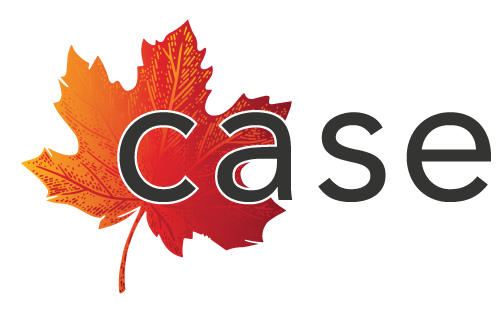HR Inclusive Policy Toolkit
Key Considerations
Leadership
It is evident that the success of all diversity and inclusion initiatives start from the top down! The strength of any policy is directly linked to the attitudes, beliefs, and biases, of those implementing it. As an employer or human resource specialist, your commitment to modelling inclusive behaviors and attitudes will set the stage for your business’s success.
Approach
Committing to a diverse and inclusive workplace involves welcoming a broad range of ideas, perspectives and working/learning styles. It invites you to consistently consider the value that differences bring. By adopting this ‘inquiry approach’, you can begin to ask respectful questions that help you to better understand the needs of your workforce and, by extension, your customer base and the communities you serve.
Human Rights
A basic understanding of human rights, as they relate to Canadian citizens experiencing a disability, will support you to recognize the solid legal framework in which this valuable competitive edge is grounded. The Canadian Charter of Rights and Freedoms, The Human Rights Act, The Accessibility Act of Canada and the subsequent acts for each specific province, are all examples of existing legislation that you will want to be familiar with.
Policies
Workplace policies may depend on the size of your company. In this Toolkit, you will be provided with sample policy statements which (when added to larger policies on the same subjects) aim to address common accessibility requirements or goals for small to medium sized businesses across Canada. Strive to make inclusion policies available to all employees by communicating policies in different formats and posting them in a variety of places.
Reality
While we are slowly gaining ground in creating workforces that represent some aspects of diversity, such as race and gender, it is widely recognized that people with disabilities continue to be notably under-represented. Committing to a fully diverse and inclusive workforce is much more than statistics and percentages. It involves people with disabilities represented at all levels of a business to ensure ‘a voice at the table’ and authentic access to the workforce. By accessing the broadest pool of candidates, employers can strengthen their attraction and retention strategies, and more effectively create inclusive teams.
How to Navigate this Resource
In order to assist you in best navigating this resource, it has been divided into three primary sections:
01
Setting the Stage
Inclusive Workplace
Accessibility
Benefits
Communications
Accommodation
Job Descriptions
Each policy section has been further divided into 5 subsections:
- What does it mean?
- Why is it important?
- Sample Accessibility Policy
- Putting it into Practice
- Additional Considerations

Note to employer:
This resource provides general information only for employers with fewer than 50 employees and does not constitute, and should not be relied upon as, legal advice or opinion. The general information provided may not be suitable for all businesses, and readers should contact their legal counsel to assist in drafting policies and interpreting local legislation and caselaw. The Canadian Association for Supported Employment holds the copyright to this resource and its contents may not be copied or reproduced in any form, in whole or in part, without the express permission of CASE.

